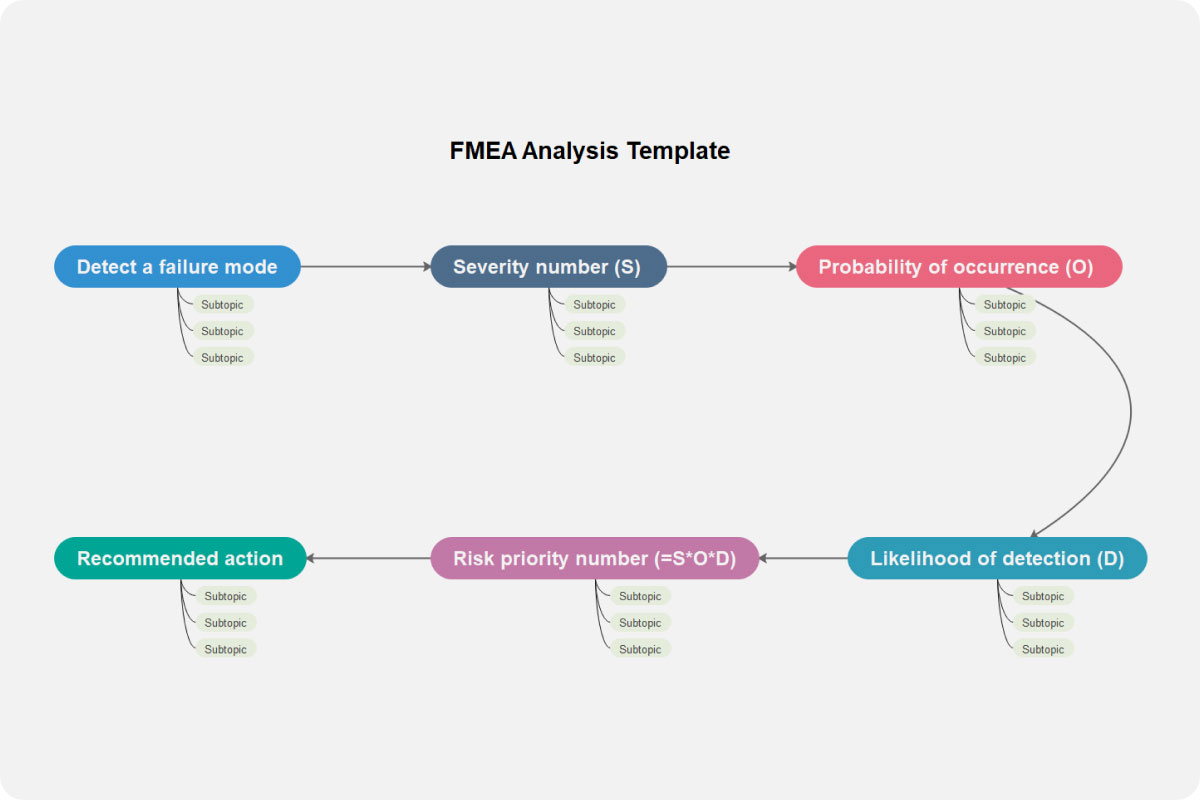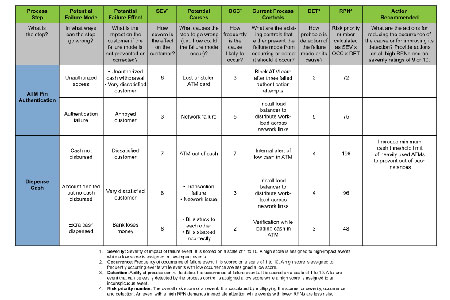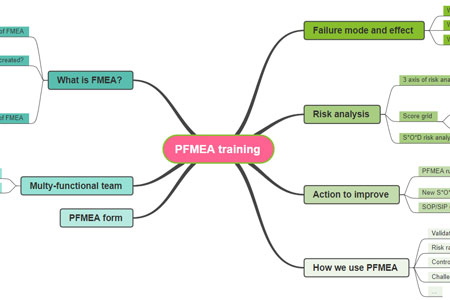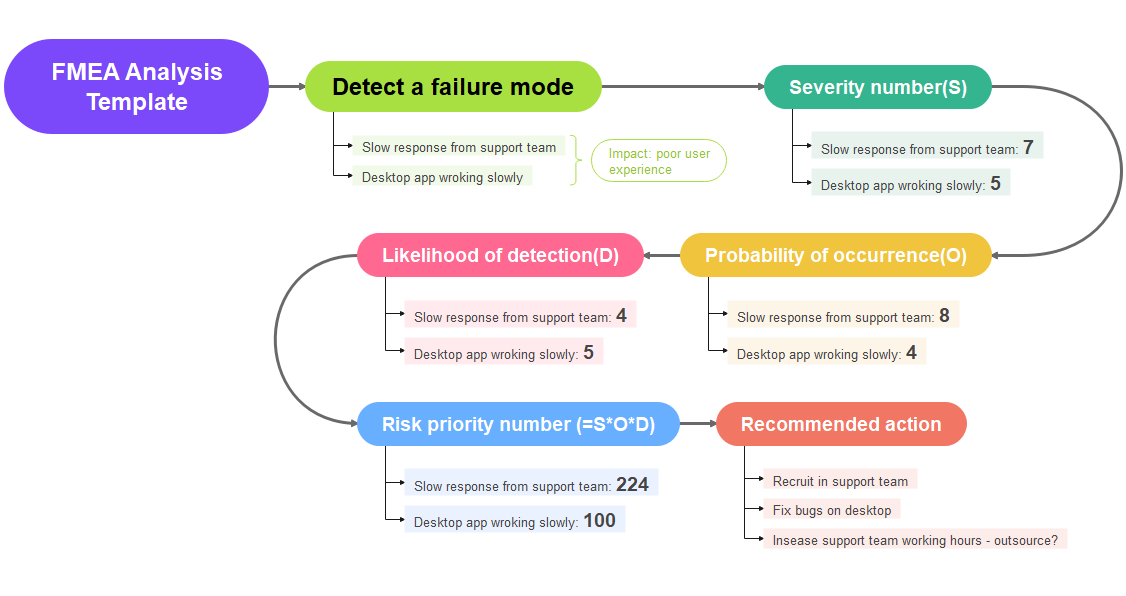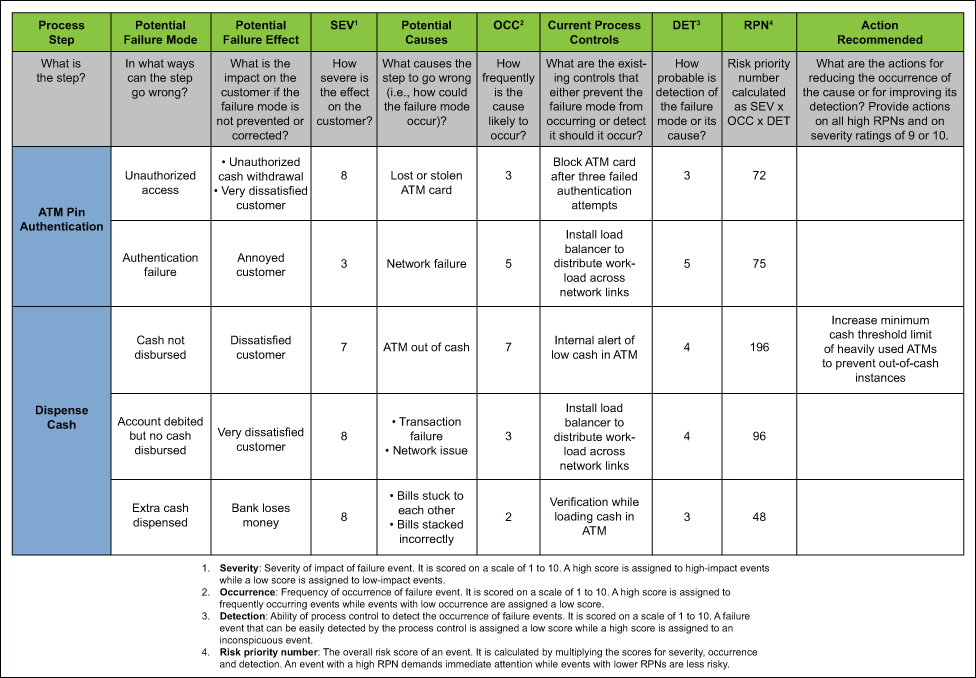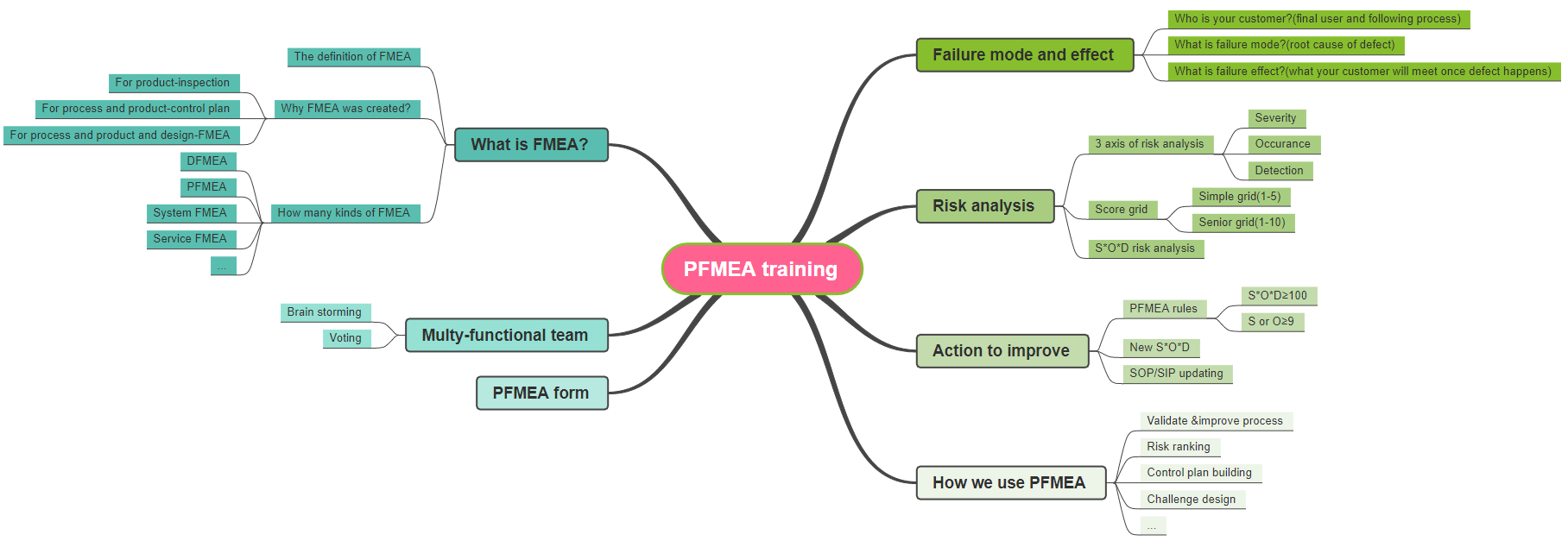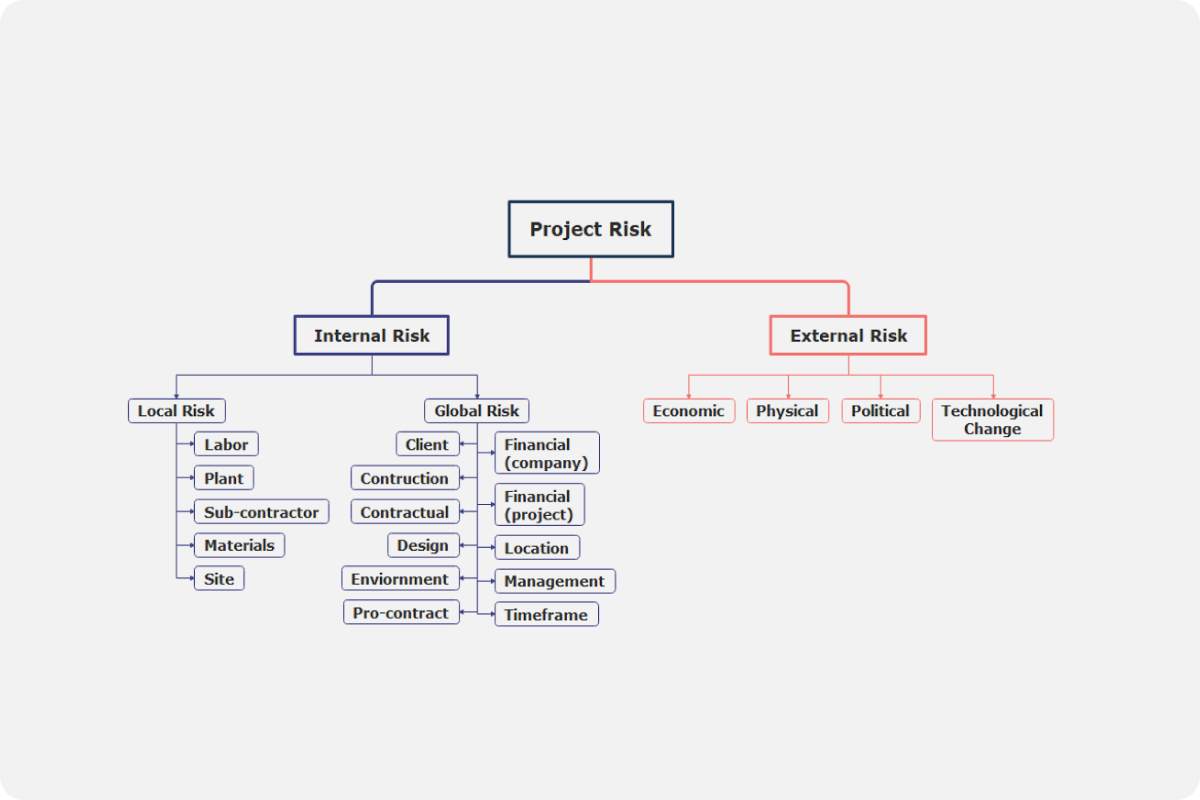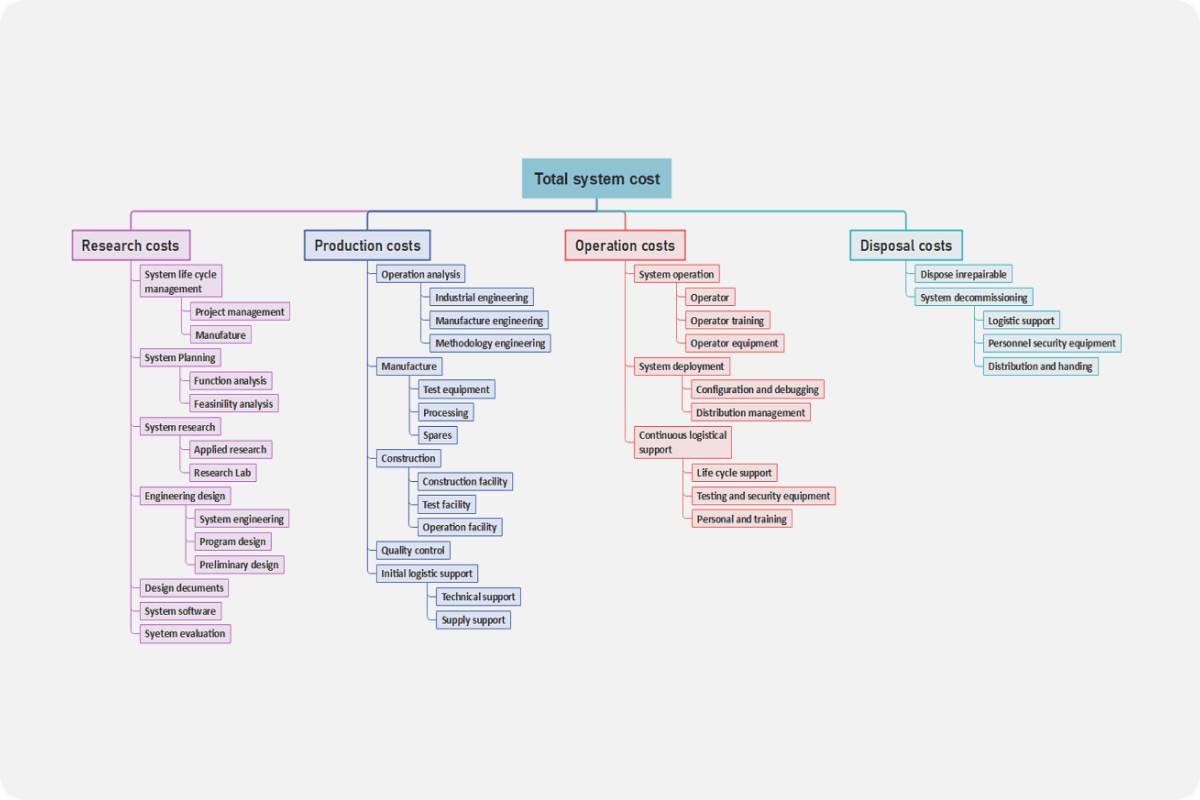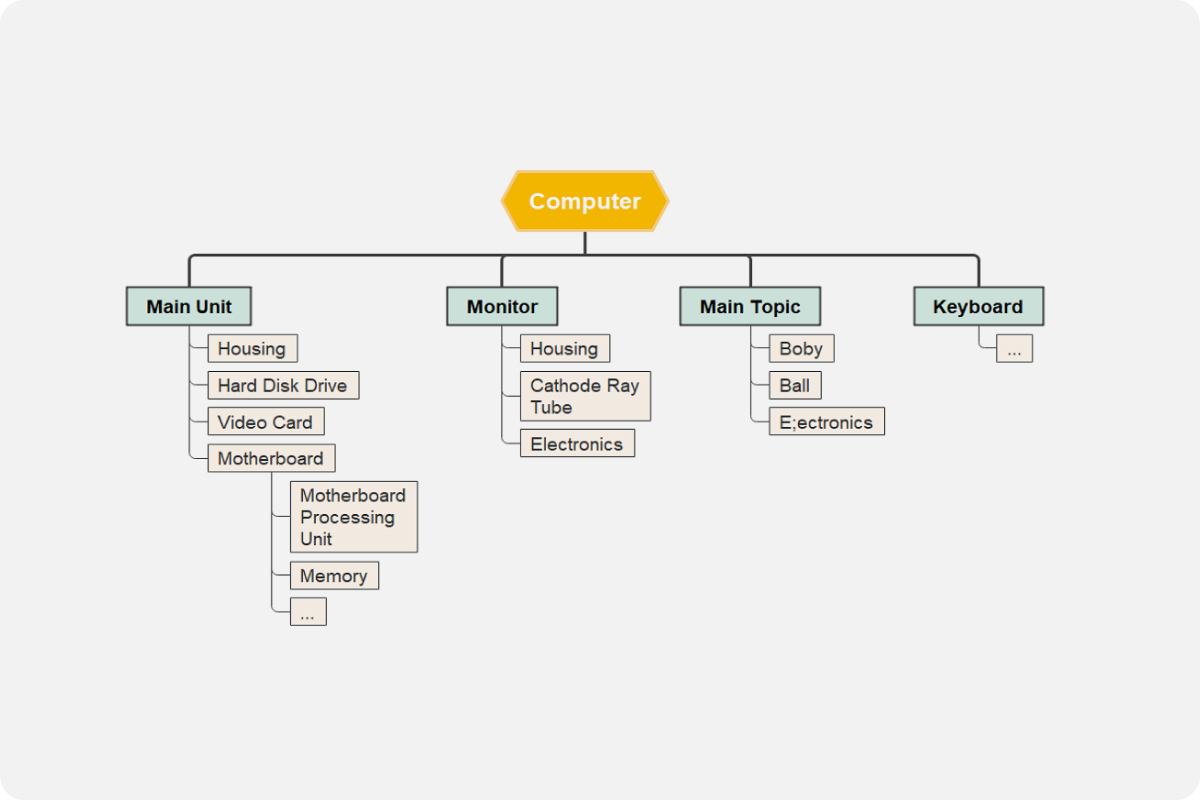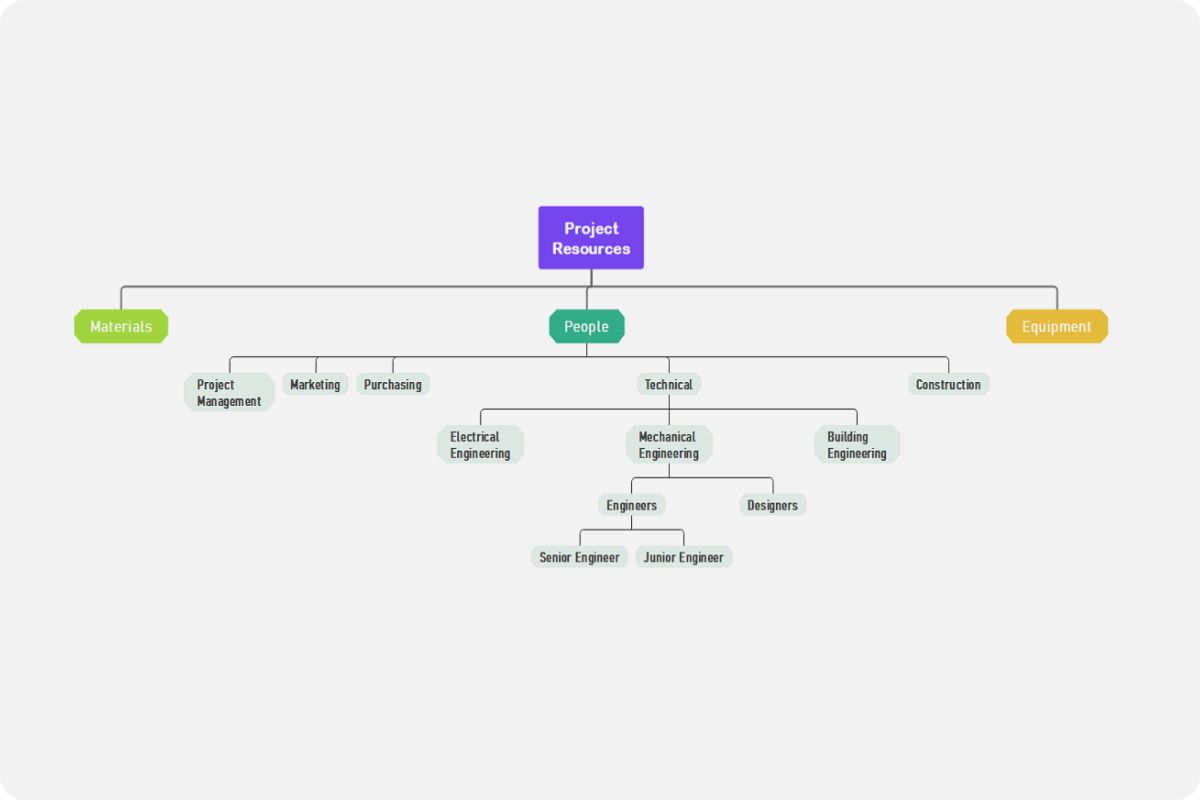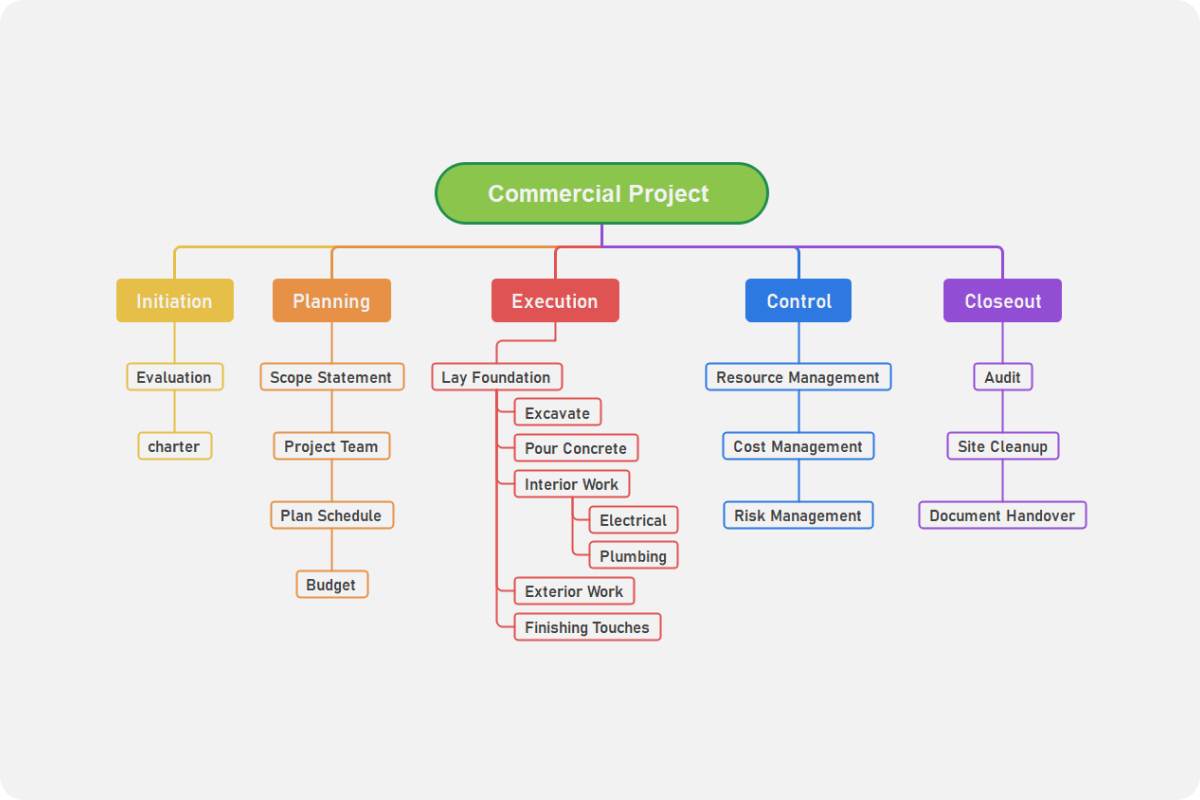About the FMEA Template
What is an FMEA analysis?
FMEA analysis is a proactive and systematic method for assessing processes to determine where and how the process might fail and evaluate the related impacts of various failures. This is also to identify what aspects in the specific process need changing or improvement. In simple terms, this method is used to figure out potential hurdles and prioritize them to resolve and provide interventions. The technique can be applied in manufacturing and non-manufacturing functions and at the assembly, part, or system level.
The FMEA template is generally used to identify risks priority number or PRN of process failures or equipment mechanisms to track the corrective actions given to key personnel. Using FMEA templates will help teams and organizations identify potential issues at the onset and prevent possible losses in the manufacturing process.
As a backgrounder, there are two types of FMEA - the design and process. DFMEA or Design FMEA is applied at the end or early stage of the product design. Its goal is to uncover possible failures related to product design that could bring in risks to financial stability, safety, health, and the environment.
Meanwhile, PFMEA or Process FMEA is conducted before the start of the new or existing process. It aims to identify risks related to the process changes that can negatively affect process reliability, product quality, public safety, customer satisfaction, and the environment.
What does FMEA stand for?
FMEA means Failure Mode and Effects Analysis. This is an effective tool for companies to analyze their services, processes, and products. This analysis needs a team to work together closely to identify issues on their business processes and products to rank potential effects and create an effective action plan.
There are several situations where you can apply FMEA analysis to your business. You can fix issues with your product or service for better customer satisfaction or make interventions before the problem arises. This matrix can also evaluate existing processes and figure out possible improvements in product quality and efficiency, including reducing costs, time, and other waste.
Having FMEA analysis is beneficial for several departments, including customer service, development, sales, marketing, and design. More importantly, since problems are immediately identified, businesses can minimize the impact of issues on employees and customers. Apart from identifying problems and designing interventions, the matrix also allows organizations to determine which problems need to be addressed first.
How to conduct an FMEA Analysis effectively?
There might be a slight difference in how organizations and companies conduct the FMEA analysis, but the following steps are the most common ones to create an FMEA template effectively:
1. Select the process. To start, teams and organizations must determine the process they need to evaluate. It should be that process that is intricate with downstream effects. You can utilize a process map to assess the different steps in the process.
2. Determine failure modes. This step entails brainstorming possible failure modes for every step. Those that might fail to perform the expected function of each step.
3. Evaluate the impact. Once you have identified the possible cause of a failure, you need to conduct another brainstorming, this time evaluating the potential effects related to every failure mode. Suppose the step fails, how will it affect the system, process, or product? Answers to the step must be as specific as possible.
4. Rank the severity of the impact. This time, you need to assign a Risk Priority Number (PRN) for every failure mode identified in the previous steps. Think of how severe the impact will be if a particular failure happens. Consider the effects on the operations, customers, and even employees. Also, evaluate the frequency of the failure’s occurrence.
5. Create a plan. Here lies your action plan. You need to develop multiple ways to deal with problems or failures. How will we fix the problem, or how will the team reduce the severity of the loss? Also, include the timeline of each action plan.
FMEA Examples
To achieve optimum results from this method, the template must be done accurately, conducted on the right parts, by the appropriate team, in the exact timeline, and with the exact processes. See some of the examples below before creating one for your company or organization:
